The rose stem girdler, introduced from Europe, is a small (ca. 1/5 in), bronze- and greencolored flat-headed beetle (Family Buprestidae). It infests wild and cultivated roses, red raspberry, black and red currants, and gooseberry. The Utah Plant Pest Diagnostic Laboratory database has records from Sanpete County, Utah, and north, with the majority of records from the Wasatch Front, Cache, and Rich Counties.
The rose stem girdler has a single generation per year and spends the winter as a mature larva within a cane. Adults emerge during May and June. Females äóìcementäó eggs singly onto canes, and the white, flattened larva bores into the cane through the bottom of the egg. Larvae grow up to _ in long and have a pair of brown projections on the tail end. Larvae feed in the cambium just under the bark in a spiraling pattern causing the cane to swell. Researchers in Utah (Davis and Raghuvir 1964) found that most larvae tunnel upward in canes and that primocanes (1st year) are more susceptible than loricanes to attack. Feeding injury often girdles the cane causing it to break off later in the summer. The larva can survive the winter in the broken cane, so removal and destructionof infested canes is critical to reduction of the overwintering population
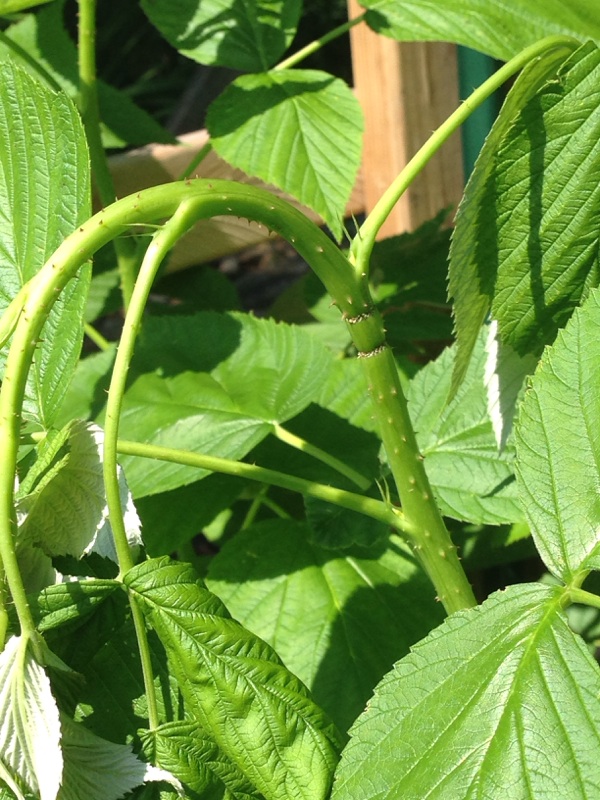
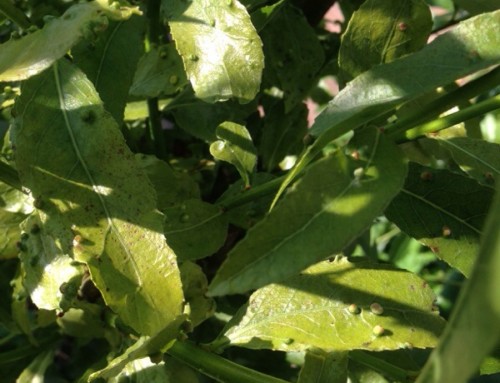
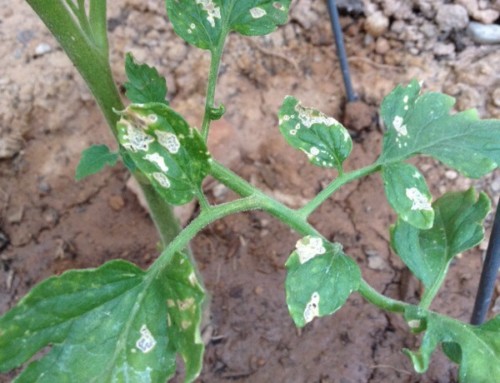
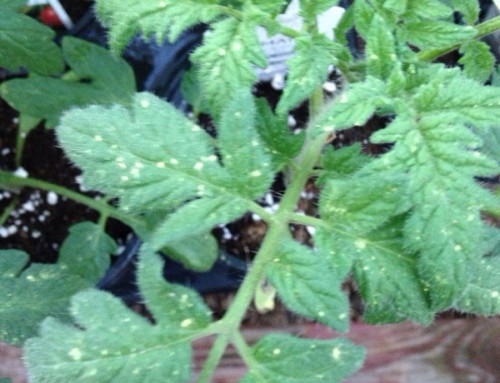
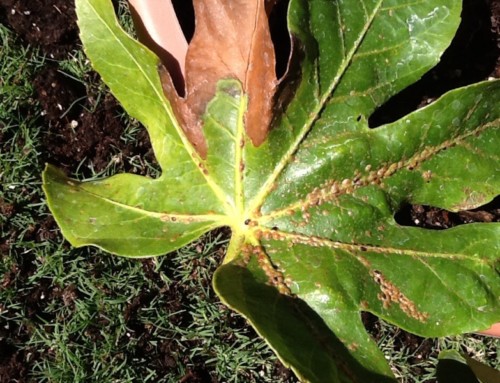
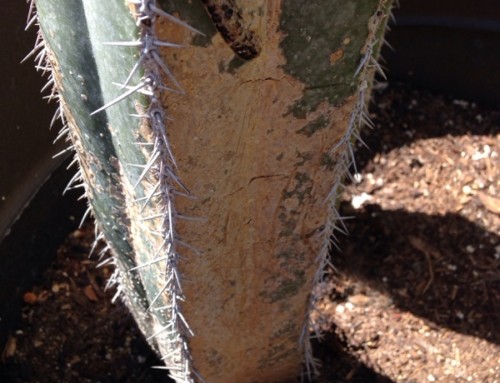
Leave A Comment